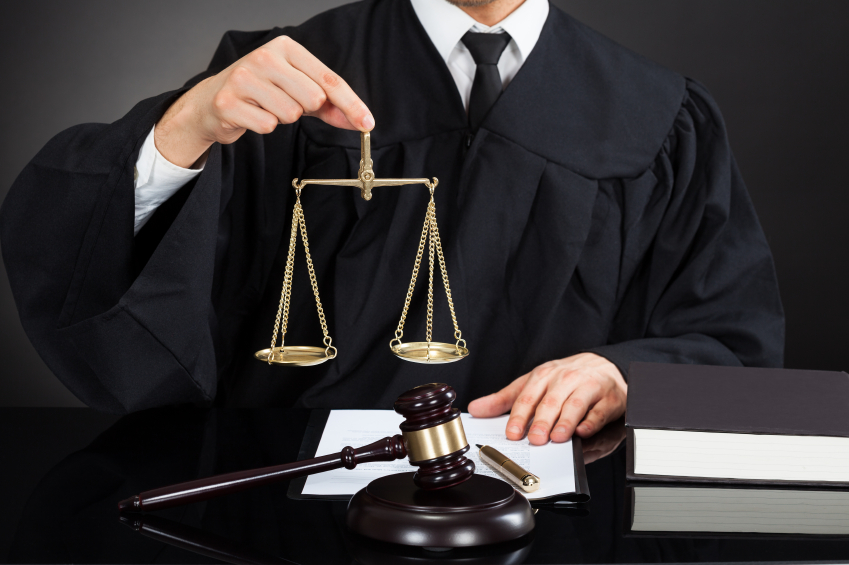
|
The charges against Blankenship came about as a result of the disaster, yet they did not pertain to any specific Mine Safety and Health Administration (MSHA) standard. That’s at least partly because the MSHA standard that provides criminal penalties for violators of health and safety regulations is notoriously anemic, carrying a maximum sentence of 1 year in jail.
Prosecutors Get Creative
The Occupational Safety and Health Administration (OSHA) and the MSHA frequently turn cases over to the Department of Justice for criminal prosecution, but few such cases ever come to trial as federal prosecutors generally regard penalties under MSHA and OSHA as not worth bothering with. Willful violations of OSHA standards leading to a fatality are even more underwhelming than MSHA’s, carrying a maximum jail sentence of just 6 months. When prosecutors can put people in jail for up to 15 years for knowingly violating the Clean Air Act, the Clean Water Act, or the Resource Conservation and Recovery Act—regardless of whether anyone dies—or up to 20 years for counterfeiting or mail fraud, why waste time on penny-ante crimes like worker deaths?
Forget expensive calls to lawyers and consultants. With Enviro.BLR.com, you get instant access, 24/7. Try it out today and get the 2015 EHS Salary Guide, absolutely free. Download Now.
But knowingly exposing workers to deadly hazards shouldn’t be small stakes for employers, and prosecutors know it even if they can’t change the way the law is written. So prosecutors in the Massey case got creative, charging Blankenship not with violating MSHA standards but instead with conspiracy. How is a conspiracy charge different than a charge of violating a safety regulation, and what is the standard of proof? Here’s what prosecutors will have to show against Blankenship:
Agreement of two or more parties. The principal feature of a conspiracy and the first thing that prosecutors must be able to demonstrate is that two or more persons were involved and were in agreement. Each member of a conspiracy is liable for any foreseeable crimes committed by the others to further the common plot. The statements of any conspirator are admissible evidence against all.
At one time, a corporation could not be charged under conspiracy standards. But now, corporations can be held criminally liable for crimes, including conspiracy committed at least in part for their benefit by their employees and agents. Corporations can also be held criminally liable for intracorporate conspiracies if at least two officers, employees, or agents are parties to the plot.
Enviro.BLR.com puts everything you need at your fingertips, including practical RCRA, CAA, CWA, hazardous waste regulatory analysis and activity, news, and compliance tools. Try it at no cost or risk and get a FREE report.
In yet another legal wrinkle, the government is not required to identify or try a coconspirator; only to show that a conspiracy did exist. If a coconspirator is tried but acquitted, another coconspirator can still be convicted.
To violate the law. Two or more people can conspire to do anything from planning a surprise retirement party to pranking a coworker; unless they violate a law, it’s not a crime. The parties to a conspiracy must agree to commit an act condemned by federal law or by the conspiracy statute itself.
And the conspiracy was acted upon. With a few exceptions, prosecutors must prove that at least one of the conspirators acted in a way that furthered the aims of the conspiracy. The act itself does not have to be a crime; just an overt action that furthers the conspiracy to commit a crime.
On December 3, 2015, Blankenship was convicted on just one of the charges—the charge of conspiracy to violate mandatory federal mine safety and health standards. By itself, the conviction carries a maximum penalty of one year in prison; Blankenship is expected to be sentenced in the spring. It has not been common for federal prosecutors to try business owners for violations of health and safety laws under federal conspiracy standards, but the successful prosecution of Blankenship is viewed by many as a harbinger of possible Justice Department strategies going forward.
For more information on criminal charges against business owners for health and safety violations at both the state and federal level, go to Safety.BLR.com®.
